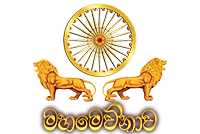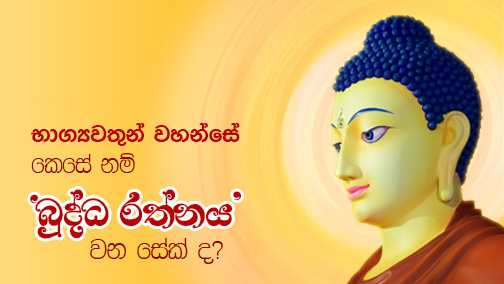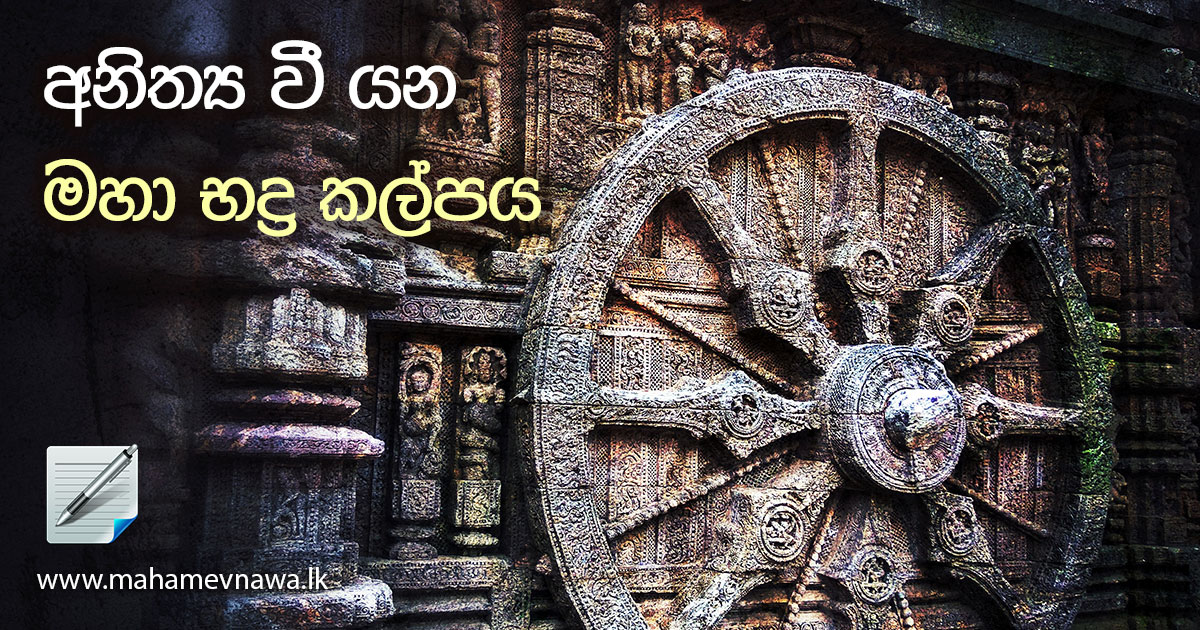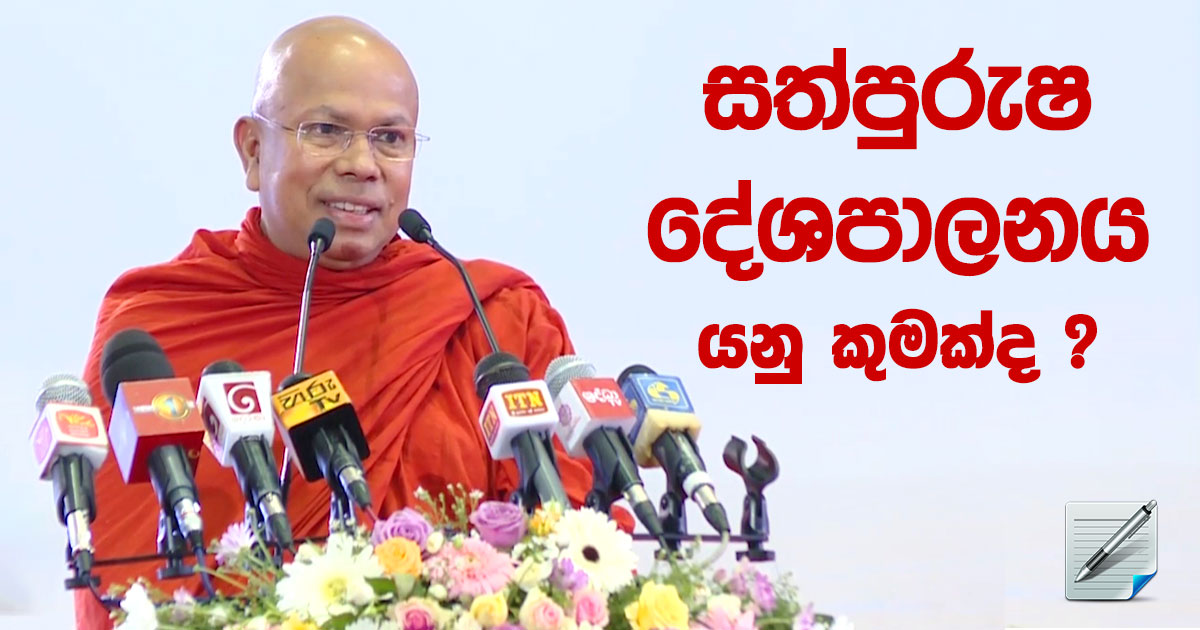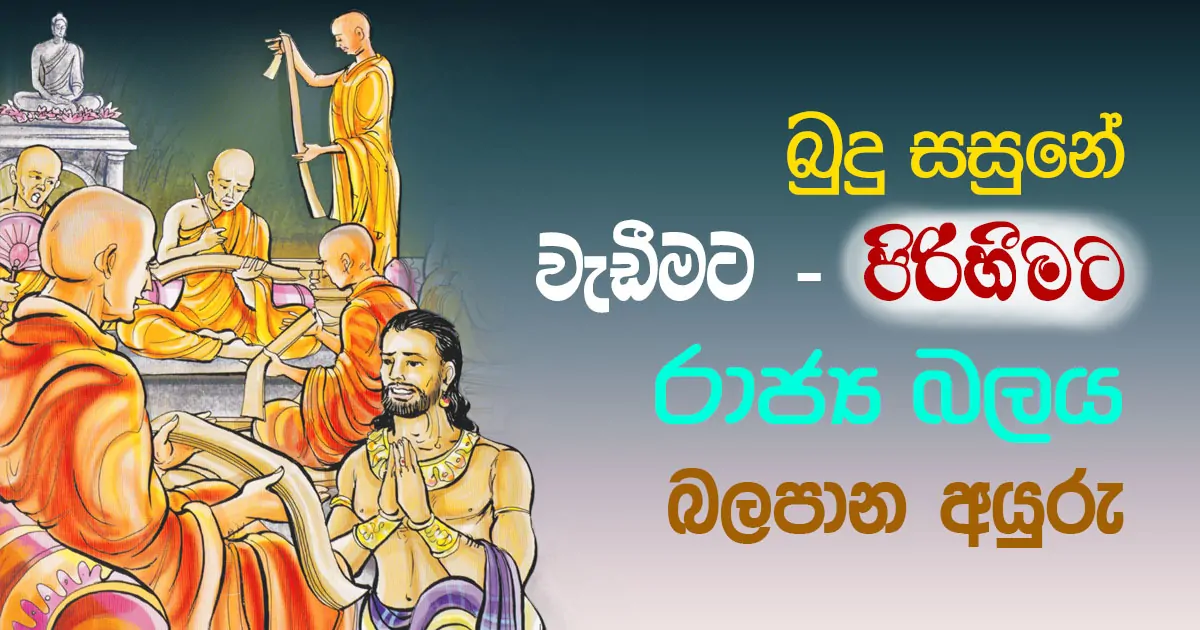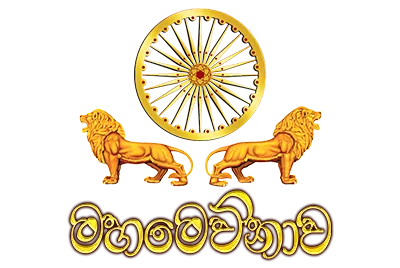The rise of the most beautiful and fragrant flower of the entire human and all deity worlds is the birth of a Supreme Buddha. The aroma emanates from this radiant flower makes these worlds fragrant with the scent of Dhamma. Before Gautama Buddha passed away, He left us the greatest gift of all time. This gift is known as the “Order of the Buddha or the Gautama Buddha Sāsana.” It is the precious gift one can ever receive to soothe one’s both present and after lives. Moreover, the Gautama Buddha Sāsana is also known as “Brahmachariya”, “Saddhamma”, and the “Order of our Teacher (Sāstru Sāsana)” to reflect its meaning in different but exquisite ways. The Buddha described His order using these names to teach His disciples its different significances. Another such name the Buddha used to describe it is the “the Order of the Buddha with Nine Distinct Parts (Navānga Sāstru Sāsana).” That is because it contains discourses that can be categorized into nine parts. What is this Navānga Sāstru Sāsana? If someone asks this question from us, only a small number of people would be able to answer it today… As Buddhists, it is our duty to learn the Navānga Sāstru Sāsana and remember it as it was shown by the Buddha himself.
Those nine parts of Buddha Sāsana are the Sutta, Geyya, Veyyākaranha, Gāthā, Udāna, Itivuttaka, Jātaka, Abbhūtadhamma and Vēdalla. Each Buddhist needs to have the knowledge of these nine parts. Once you obtain the knowledge about these nine parts, you can do many things to uplift the present status of Buddha Sāsana. You can try to remember the Navānga Sāstru Sāsana in the way described below.
¤ Sutta: This is a name given to the discourses delivered by the Buddha. We call it a Suttra in Sinhala Language while it is the common practice to call it a Sutta when it expresses in English. When we say Karanēya Metta Sutta, Dhammachakka Sutta or Ratana Sutta, the noun Sutta is used to denote the discourse. Thus, a collection of Suttas are the discourses of the Supreme Buddha or what he has said.
¤ Geyya: Our great teacher, the Supreme Buddha, sometimes used to summarize what He taught His pupils during His sermons. He did this at a time in between the sermon or at the end of it. Such summaries can be seen in the form of stanzas (Gāthā), and these stanzas are known as Geyya.
¤ Veyyākarana: With the great wisdom the Buddha acquired during the attainment of His Buddhahood, he has a remarkable capability of describing Dhamma explicitly and extensively. The discourses in which the Supreme Buddha explains one particular Dhamma topic are known as Veyyākaranha. One famous example of a Veyyākaranha is the Dhammachakka Sutta. In that sutta, we know that the Veyyākaranha is included at the end of it. It says “Bhikkhu Kondagngna attained the eye of Dhamma (Dhamma Chakkhu) while these Veyyākaranha are taught.”
In Anatta Lakkhana Sutta, it also says “the five first disciples of the Buddha eradicated all defilements completely when this Veyyākaranha was taught.” Anatta Lakkhana Sutta was the second discourse the Buddha used to help the five first monks’ in realizing the Nibbana. The first discourse was the Dhammachakka Sutta where the Four Noble Truths are described briefly. Even though these are also described in Anatta Lakkhana Sutta, the soulless state of Pancha Upādānskandha (objects (rupa), feelings (vedana), recognitions (sangna), deeds/or aims (sanskara), and explicit recognitions (viggnana)) was profoundly explained in it. Pancha Upādānskandha was explained in the first Noble Truth (Dukkha Satthya), the suffering. In fact, Pancha Upādanskandha is the suffering. Thus, these are the discourses described as Veyyākaranha, the discourses sermonized to explain a Dhamma topic.
¤ Gāthā: We need to identify the distinct character of Gāthā (stanza). Our teacher, the Bhagava, sometimes preached just one stanza and became silent. In those cases, the discourse ended after that one stanza. That is what we call a Gāthā.
¤ Udāna: The most fortunate one, the Supreme Buddha, sometimes utter his thoughts rose in his most compassionate heart on a joyful or a sad occasion as a Dhamma verse. When we are amazed with an unexpected incident we used to show that amazement with expressions like “what on the earth, what a disaster, and wow”. These things come to our minds based on our thinking capacity. However, a Buddha’s mind is vast and filled with Dhamma knowledge. He expresses such amazements using Dhamma verses, so others can benefit from them. These are grouped as another part of Dhamma called Udāna, which belongs to the Sāstru Sāsana.
¤ Itivuttaka: This is a special part of Dhamma that the disciples used to remember. Disciples in the past understood what Supreme Buddha taught correctly. Then, they remembered the meaning of those Dhamma discourses without defacing its basic expectation. This is the collection of Dhamma that has been categorized as Itivuttaka. One good example is the “Itivuttaka Pāli”, which was remembered by the devoted disciple named Khujjuttara.
¤ Jātaka: This is another amazing part of the Buddhism in which the astonishing wisdom of the Gautama Buddha was revealed. Here, the details of Buddha’s past lives are documented. Thus, Jātaka means the part of the Dhamma that includes stories of some of the infinite past lives of the Gautama Buddha. He revealed these details as a combination with different other types (Sutta) of discourses to support the listeners’ ability to realize the Four Noble Truths.
¤ Abbhūtadhamma: A Buddha reveals astounding things in His life and about the world. It is amazing how the wisdom of a Buddha expands even beyond any of ours’ imagination. Most of all, he shows us most wonderful things that are only true to a Buddha. He also shows us the true nature of the world. The discourses of the Gautama Buddha that consist of these astonishing things are grouped into one section, and that section is known as Abbhūtadhamma.
¤ Vēdalla: This is another part of Navānga Sāstru Sāsana. In this part, Dhamma is stated as answers to questionnaires.
Now that you learnt what the Navānga Sāstru Sāsana is, you need to know few more things that the Buddha mentioned about the disappearance of His order. In fact, it is important to have disciples who realize the Dhamma consists of the nine parts of the Sāstru Sāsana. Otherwise, it cannot be protected or passed over to the next generation. If there is no one to realize the Dhamma, then the precious teachings of the Gautama Buddha will disappear from the community. Even if there are some people who are willing to try realizing the Dhamma, a society filled with things that oppose it will become a chaos. With the wisdom to see things clearly, the Supreme Buddha insisted protecting some rules in order to prevent downfall of societies due to such disorders. These rules are known as the Vinaya (discipline), and they are meant to ease the disciples’ difficulties in such a society described above when following the path He showed.
The most fortunate one told that the Vinaya is also important if a society likes to see the Order of the Buddha blooms for a long time. Vinaya is the rules He showed to His disciples at time to time compensating for some troubles they faced at different times.
The Buddha also asked His disciples to participate in an inquiry of gathered monks to discuss about how they protected their discipline over the past periods of time. He approved this to be held at least twice a month. This is known as “Pāmok Udesiima”. Both Vinaya and Pāmok Udesiima help the prolong existence of the Buddha Sāsana.
Therefore, you should clearly remember that no one else but the one within the Buddha Sāsana could vanish it. Because once the disciple rejects to practice these Dhamma and discipline, there is no ongoing of the Buddha Sāsana. Thus, it is the disciples who could cease the Buddha Sāsana to exist. If someone needs to know precisely how the Buddha showed the downgrade of his order would happen, then let us discuss it a little bit more… The most compassionate one showed us that the Buddha Sāsana does not disappear because of physical matters, the Pathavi, Aāpō, Tējō, and Vayō. Buddha told us that it is the different types of ignorant people who are within the Sāsana and who became monks of this Sāsana destroy it. Therefore, we need to learn the Navānga Sāstru Sāsana properly and practice it as disciplined disciples who protect the precepts and discipline (Vinaya). Then only we can prevent vanishing of the Buddha Sāsana. Disciples of both living a lay and monkhood lives need to learn the Navānga Sāstru Sāsana and practice it. They also need to protect the precepts and discipline (Vinaya) thoroughly as prescribed by the Buddha. The monks need to participate in the inquiry of Pātimokkha twice a month.
If both lay people and monks complete these requirements and fulfill the expectations of a true Buddha Sāsana, then it will be prevailed for more generations in the future…
Venerable Kiribathgoda Gnanananda Thero
Note by Nayana Nilmini
